Red Wine Shallot Sauce Recipe
Red wine shallot sauce is an elegant condiment that elevates various dishes, from grilled steaks to roasted vegetables. With its deep, rich flavors and smooth texture, this sauce adds a touch of sophistication to casual weeknight dinners and special occasions.
The secret lies in the balance between the robustness of red wine and the sweetness of caramelized shallots, which combine to create a harmonious blend of flavors. Whether you’re serving it over a perfectly seared steak or drizzling it over roasted chicken, this sauce enhances the natural flavors of your dish without overpowering them.
Red wine shallot sauce is surprisingly simple to prepare, making it an excellent choice for home cooks looking to impress their guests with minimal effort. By reducing the wine and shallots together, you can achieve a silky, luxurious sauce that pairs beautifully with a wide range of proteins and sides.
It’s a must-try for anyone seeking to elevate their cooking with a touch of gourmet flair. It proves that sometimes, the simplest ingredients can create the most memorable meals.
Red Wine Shallot Sauce
Equipment
- Sauce pan
Ingredients
- 2 shallots minced
- 4 tablespoons butter unsalted, divided
- 1 cup red wine
- 3 sprigs fresh thyme
- 1 bay leaf
- 1 tablespoon whole peppercorns
- 1 cup demi glace
- salt and pepper to taste
Instructions
- In a medium sized saucepan, sauté the shallots in 1 tablespoon of the butter until translucent.
- Add the wine, thyme, bay leaf and peppercorns and reduce to about ½ cup.
- Add the demi glace and again reduce to ½ cup.
- Strain the sauce into a small saucepan. (Optional)
- Over low heat, slowly add the remaining butter 1 tablespoon at a time using a whisk to incorporate.
- Reduce until the sauce is thick enough to coat the back of a spoon.
- Taste and adjust seasoning with salt and pepper.
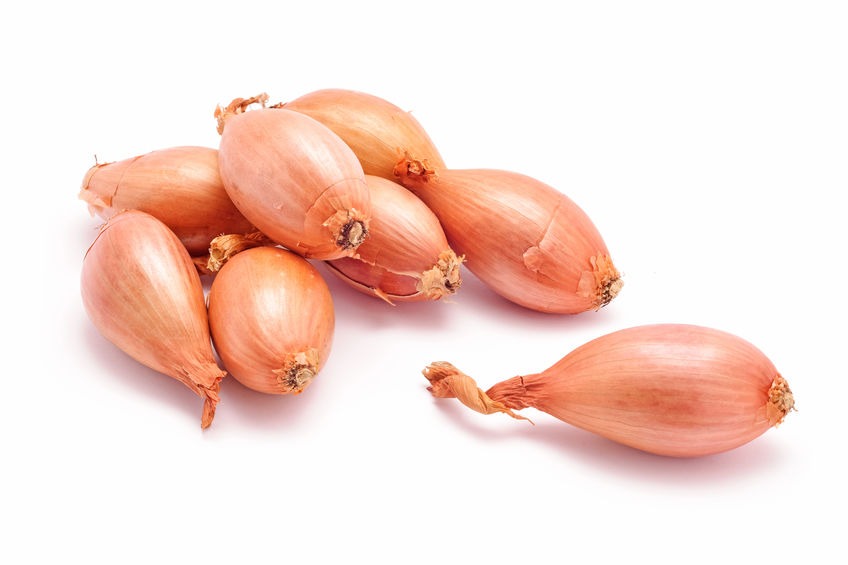
Foods That Pair Well With Red Wine Shallot Sauce
Food | Description | Why It Pairs Well |
| Grilled Steak | A juicy cut like ribeye or sirloin, grilled or pan-seared. | The sauce’s acidity and depth balance the rich fat and umami of the beef. |
| Roast Duck Breast | Pan-seared duck breast with crispy skin and tender meat. | The sweet-savory sauce complements duck’s gamey richness and natural sweetness. |
| Lamb Chops | Herb-crusted or simply grilled lamb chops. | The shallots and wine add contrast and depth to lamb’s earthy, slightly sweet flavor. |
| Beef Tenderloin (Filet Mignon) | A lean, tender cut often served medium-rare. | The sauce enhances the mild beef flavor without overpowering its tenderness. |
| Pork Tenderloin | Lean pork roast, sliced into medallions. | Red wine shallot sauce adds richness and moisture to this lean, mild protein. |
| Mushroom Risotto | Creamy Arborio rice dish with sautéed mushrooms. | The umami in mushrooms mirrors the savory depth of the sauce beautifully. |
| Venison Medallions | Lean, flavorful game meat served medium-rare. | The sauce softens venison’s bold taste while enhancing its natural richness. |
| Short Ribs (Braised) | Slow-cooked beef ribs until fork-tender. | The sauce matches the intensity of braised meat and cuts through the richness. |
| Seared Tuna Steak | Ahi tuna seared rare with a peppered crust. | The wine’s acidity and the shallots’ sweetness contrast nicely with the meaty fish. |
Shallots
Shallots are a delicate, flavorful ingredient that brings subtle sweetness and complexity to dishes. Their taste is a mild onion and garlic blend, making them perfect for enhancing sauces, dressings, and sautés. When cooked, shallots caramelize beautifully, adding depth to savory and sweet dishes.
They are trendy in French cuisine and often used in vinaigrettes, pan sauces, and stews. Shallots can be used raw for a sharp, tangy flavor or cooked to release natural sweetness. Versatile and aromatic, they are a must-have in any kitchen, providing a refined touch to various recipes.
Demi Glace
Demi-glace is a rich, intensely flavored brown sauce that forms the foundation of many classic French dishes. Traditionally made by reducing a mixture of veal or beef stock and espagnole sauce, it takes hours of slow cooking to achieve its luxurious, velvety texture.
The lengthy reduction process concentrates the flavors, resulting in a thick sauce with a complex, savory taste that enhances various dishes, from roasted meats to stews and braises.
Demi-glace is often used as a base for other sauces, such as red wine or mushroom sauce, elevating them with its intense depth. While making from scratch requires time and patience, it can be purchased pre-made for convenience, adding gourmet flair to home-cooked meals.
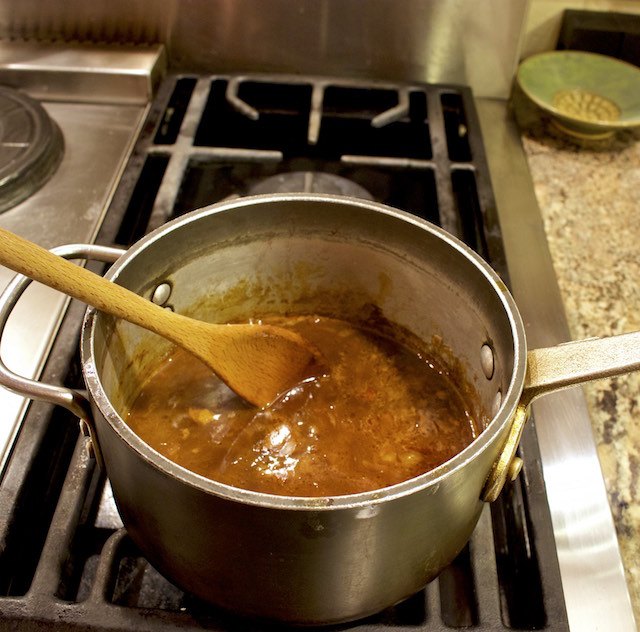

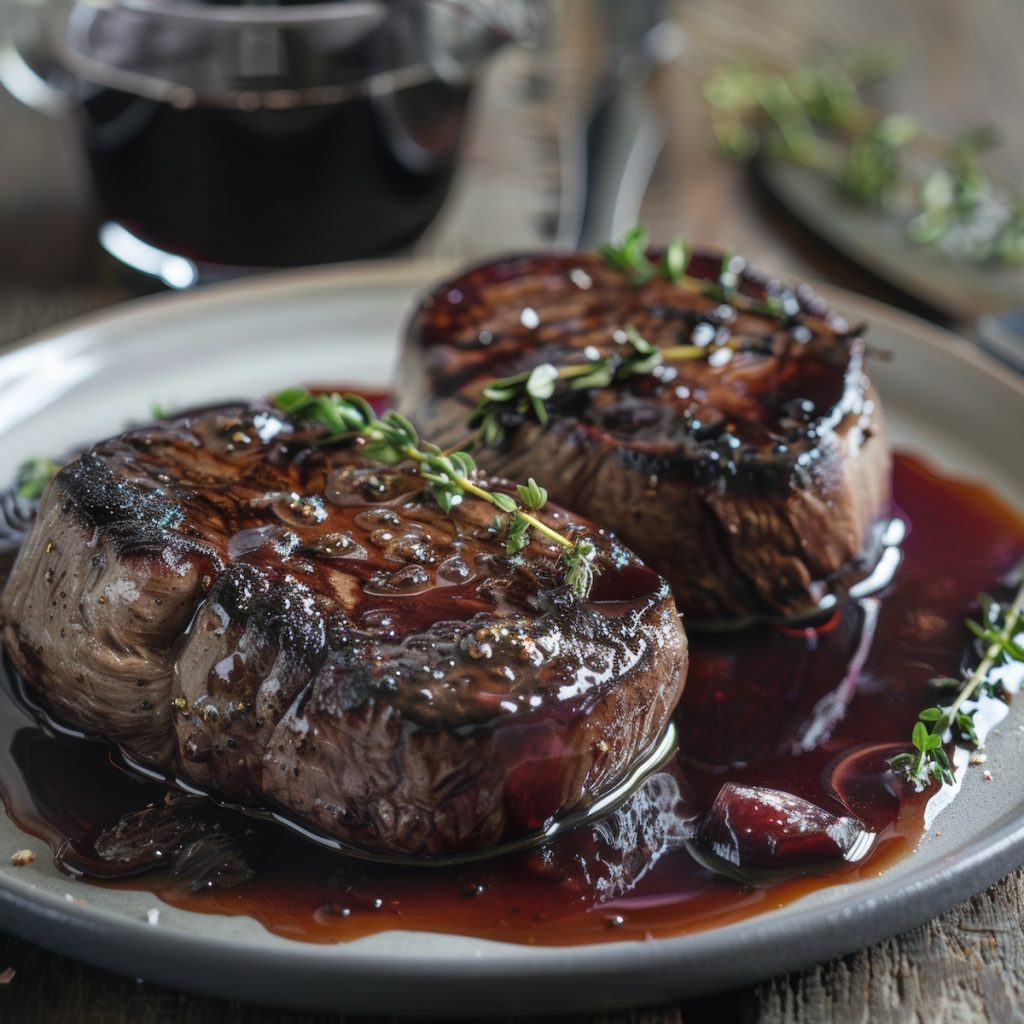
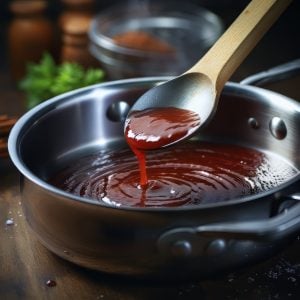

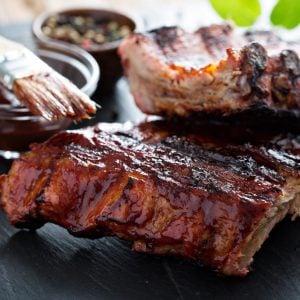




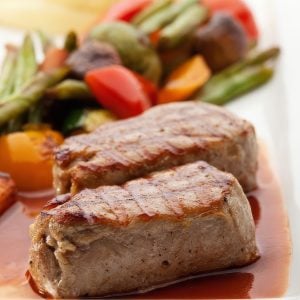
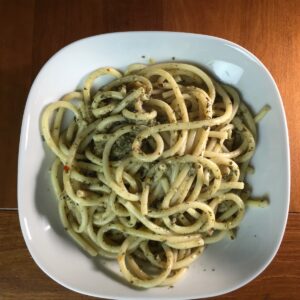



2 Responses
This was AMAZING! Absolutely perfect for my filet roast.
Hi Margaret, thanks for letting me know. Happy New Year.